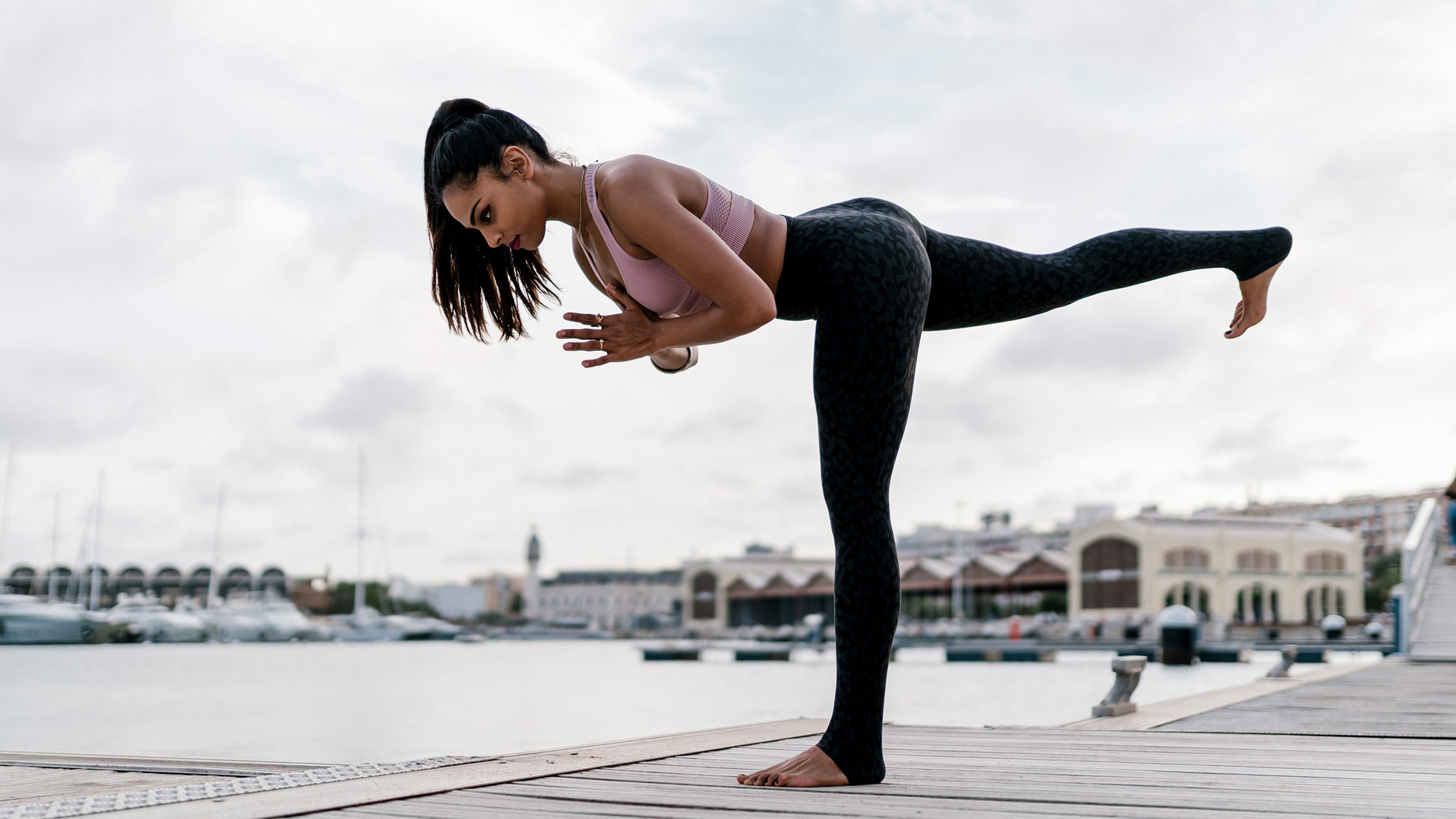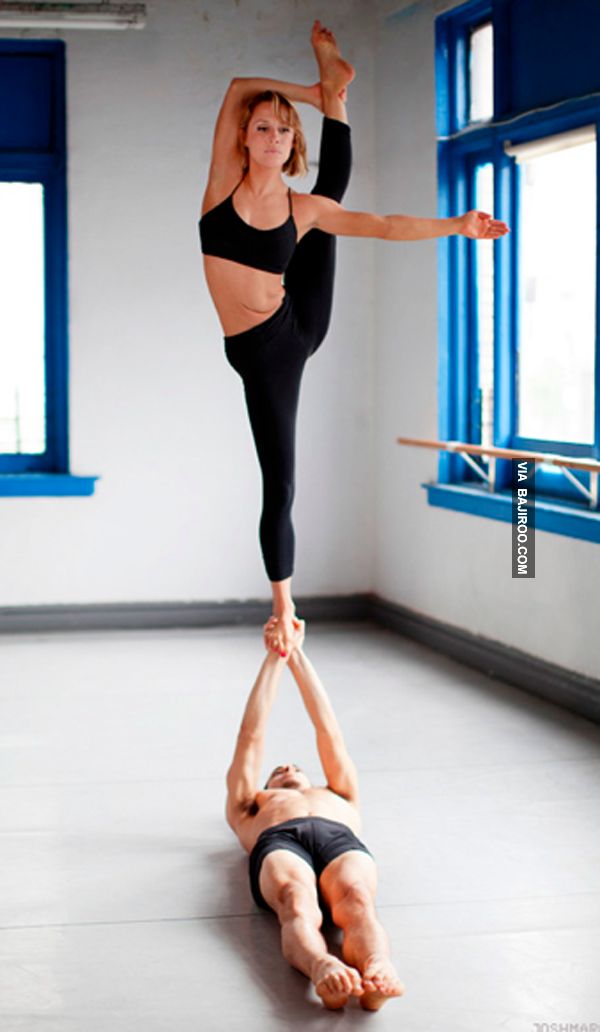
It can be difficult for beginners to decide the best posture when they start yoga. It is important to find a stretch that feels good and will strengthen your body. While some poses may be challenging for beginners, there's a few things you can do to get more out of your yoga practice. Listed below are three basic poses that are essential for a beginner's yoga workout. Once you have mastered these poses, you can move onto more challenging poses.
One of the most beneficial aspects of beginners yoga is the connection between awareness and breath. You can sleep better, feel more present, and reduce stress by getting in touch your breath. This simple guide can have a profound impact on your practice. These are just a few ideas to help you get started in your yoga practice. These tips will help you get started. After you have learned these tips, you will be ready for a class.
A great exercise for beginners is the shoulder stand. This exercise improves your flexibility and strength, and can be used to prepare for more difficult poses. It can also reverse the effects of forward-rounded shoulder postures. Begin by pressing up with your hands, rolling your shoulder blades back, and extending your back. To keep your balance, focus your eyes upwards and your feet on the ground. Soon you'll be able complete your first few attempts, and increase your strength.

Plank pose is another excellent starting yoga pose. This variation of the plank pose is called "Plank Pose". Keep your elbows below your hips. This pose may be difficult initially, but it will strengthen your arms. It will also engage your core muscles. You'll soon be able to do more advanced versions of the same pose over the next few weeks. If you're still not sure, book a private session or join a workshop.
Many options are available if you're searching for a beginner yoga class. These videos can be found on many YouTube channels. These videos can be as short as seven minutes in length and provide beginner tips. After you have learned the basics, you can start a 60-minute class with a teacher who knows your limitations. You can be sure you do a great job. The classes are friendly and easy to understand.
A towel and a mat are recommended for beginners to bring to yoga classes. Most yoga studios provide props. But, it's best to look online to find the best. You may have injuries or you're not familiar with certain poses, so it's best to consult with a yoga instructor beforehand. Private sessions are a great option if you don't feel comfortable in a group setting. This will allow you to modify any pose without causing injury and can be done at your own pace.
This type of class is not meant to intimidate beginners. You don't have to be scared of this type of class. It is easy to do yoga and reap the many benefits. After a few weeks, you'll notice changes in your body. Follow your instructor's directions. Make sure to do your research, and get a mat. This will ensure that you're getting the most out of your workouts.

For beginners, it is important to practice as many poses per day as possible. The best poses will be the ones that are familiar to you and are relatively easy to do. You'll be amazed at the number of yoga poses that you can learn. Just be sure to listen to your body and modify the poses if necessary. If you are worried about getting injured or have a wrist injury, you should start slowly and build up. These poses are easy to learn and you will soon be able do them all the time.
It doesn't have to be difficult for beginners to do yoga poses. You can play around with your poses and find the best one for you. You should start with a few simple and easy-to-follow poses, which are accessible to many different types of people. You can also practice yoga at the beach or while lying on a sandy beach. You should only attempt to do a few poses in either situation.
FAQ
Eggs good for men
The egg is rich in all nutrients needed by the human body. It is also good for maintaining strong bones, healthy heart and lungs, as well as stable blood pressure.
Eggs are a great source of protein, vitamins A and B12, D. E. K, calcium, magnesium, selenium and riboflavin.
The egg yolk contains high levels of cholesterol. However, it does not contain saturated fat. Eggs have less saturated fat than many other foods.
They are also low calories and sodium. They are very versatile and can be cooked any way you'd like. They can be cooked in a variety of ways: poach, saute, bake, hard-boil or fry.
They are incredibly nutritious and easy to prepare.
Two whole eggs should be eaten each day. If you dislike eating eggs, you should add them to your diet.
Essential nutrients are provided by eggs. Include eggs in your daily diet.
Do Men Need A Gym Membership?
A gym membership is not necessary for men. If you sign up for a gym, however, your money will be much more valuable.
Many gyms offer free trials that let you try the facilities before you pay any fees.
The gym is free to use whenever you wish, and there are no fees. You can cancel your membership as soon as you decide whether you love or hate it.
How many times per week do I need to exercise?
It all depends on how much time and what kind of exercise you like. The general rule of thumb is to exercise aerobically 3 - 5 days per week. You shouldn't do too much. For maximum results, consistent exercise is key to getting the most out of your workouts.
Which exercises are most effective for me?
It all depends on what type of fitness goals you have. Some people are more focused on endurance activities such as running, cycling and swimming. Others like lifting weights or using resistance band. There are many types and styles of exercise available today. Pick the option that fits your needs.
Statistics
- An estimated calorie range for moderately active adult males falls between 2,200 to 2,800 calories per day, depending on age. (eatright.org)
- Are You One of the 20% of Guys (mh.co.za)
- 10 pounds in a month is likely during a lean bulking phase, especially for beginners. (muscleandstrength.com)
- The PRS enabled risk stratification for overall prostate cancer and lethal disease with a four-fold difference between men in the highest and lowest quartiles (HR, 4.32; 95% confidence interval [CI], 3.16-5.89). (pubmed.ncbi.nlm.nih.gov)
- Cardmembers earn 5% Back at Amazon.com with a Prime Credit Card. (amazon.com)
External Links
How To
How do I lose weight while working out?
Exercise reduces calories by increasing metabolism, and oxygen consumption.
Moderate intensity exercise is a safe way to lose weight.
To burn fat while exercising, follow these tips:
-
Cardio exercises like walking, running (or jogging), swimming, cycling, running, and/or elliptical training are all good options.
-
You can exercise for 30 mins three times per week.
-
You can add strength training into your exercise routine if you're looking to lose even more weight.
-
Avoid intense workouts. It's possible to build muscle, but not lose it.
-
During exercise, drink plenty of water. Water flushes out toxins and helps keep the body hydrated.
-
After working out, make sure to drink low-fat proteins shakes. Protein shakes are great for your muscles and energy.
-
Smaller meals are better for you.
-
Don't skip breakfast! Skipping breakfast can leave you feeling tired and sluggish.
-
Take care to your mental well-being. Stressful situations may slow down your metabolism.
-
Keep a positive attitude. Studies show that overweight people are more likely to be obese than those who perceive themselves as attractive.
-
Get enough rest. Insufficient sleep can make it more difficult to lose weight.
-
Active living is key. Be sure to get up and move around every hour or two.
-
Maintain a healthy diet. Eat right to feel satisfied and full for longer.
-
Relaxation is possible by finding ways to relax. Relaxing doesn't mean your body releases stress hormones which cause muscle tissue to be destroyed.
A balanced diet is one that includes all of the essential nutrients required for growth.
Instead of eating three large meals a day, eat six smaller meals every day. This allows your body time to digest what you've eaten.
For strong bones, we need 500 mgs of calcium daily. Calcium can be found in dairy products such as yogurt, fortified soybean beverages, orange juice, cereals, bread, and cereals.
Calcium is found in green leafy vegetables, beans, tofu, seeds, nuts, and cheese.
Vitamin D is essential for calcium absorption. Vitamin D can also be found in some fortified foods such as eggs, fish, and yolk.
Vitamin E is crucial for skin health. Vitamin E is found in vegetable oils and wheat germ oil, as well as peanuts, almonds and sunflower seeds.
Zinc is essential for healthy immunity and wound healing. Zinc can be found in seafood, legumes and meats.
Zinc deficiency could cause fatigue, nausea, vomiting, and depression.
Sugar intake can lead to insulin resistance which causes blood glucose levels to rise. Insulin resistance can lead to weight gain.
When there is a high level of free radicals, insulin resistance can develop. Free radicals can be molecules with unpaired electrons that cause damage to cell membranes.
Most free radicals come from pesticides herbicides, food additives, preservatives smoking, radiation, chemical in cosmetics, lotions and household cleaning supplies.
Free radical damage can cause cancer, heart disease and diabetes, as well as arthritis, asthma, and other diseases.
The best way to avoid free radicals is to eat a balanced diet high in antioxidants. Antioxidants protect against oxidative damage.
Vitamin C can be found in citrus fruits. Beta carotene can be found in carrots. Sweet potatoes. Tomatoes. Carrots. Sweet potatoes. Spinach. Broccoli. Cantaloupe. Vitamin E is found in nuts. Olive oil, avocados.
Other antioxidant nutrients include selenium, copper, manganese, and zinc.
Selenium is known to protect cells from the oxidative damage that free radicals can cause. Selenium may be found in Brazil nuts as well tuna, liver and kidneys. It can also be found on shrimp, cod, turkey, beef lamb, pork, chicken, and other foods.
Copper protects the brain and eyes as well as the lungs and red blood cells. Copper is found in shellfish, poultry, meat, and organ meats.
Manganese forms an essential part of bone structure. Manganese is found as a component of bone structure in brown rice (spinach, bananas), prunes, raisins and oatmeal.
Zinc is necessary for average growth, reproduction, and wound healing. Zn is found in lean meats, poultry, white fish and eggs.